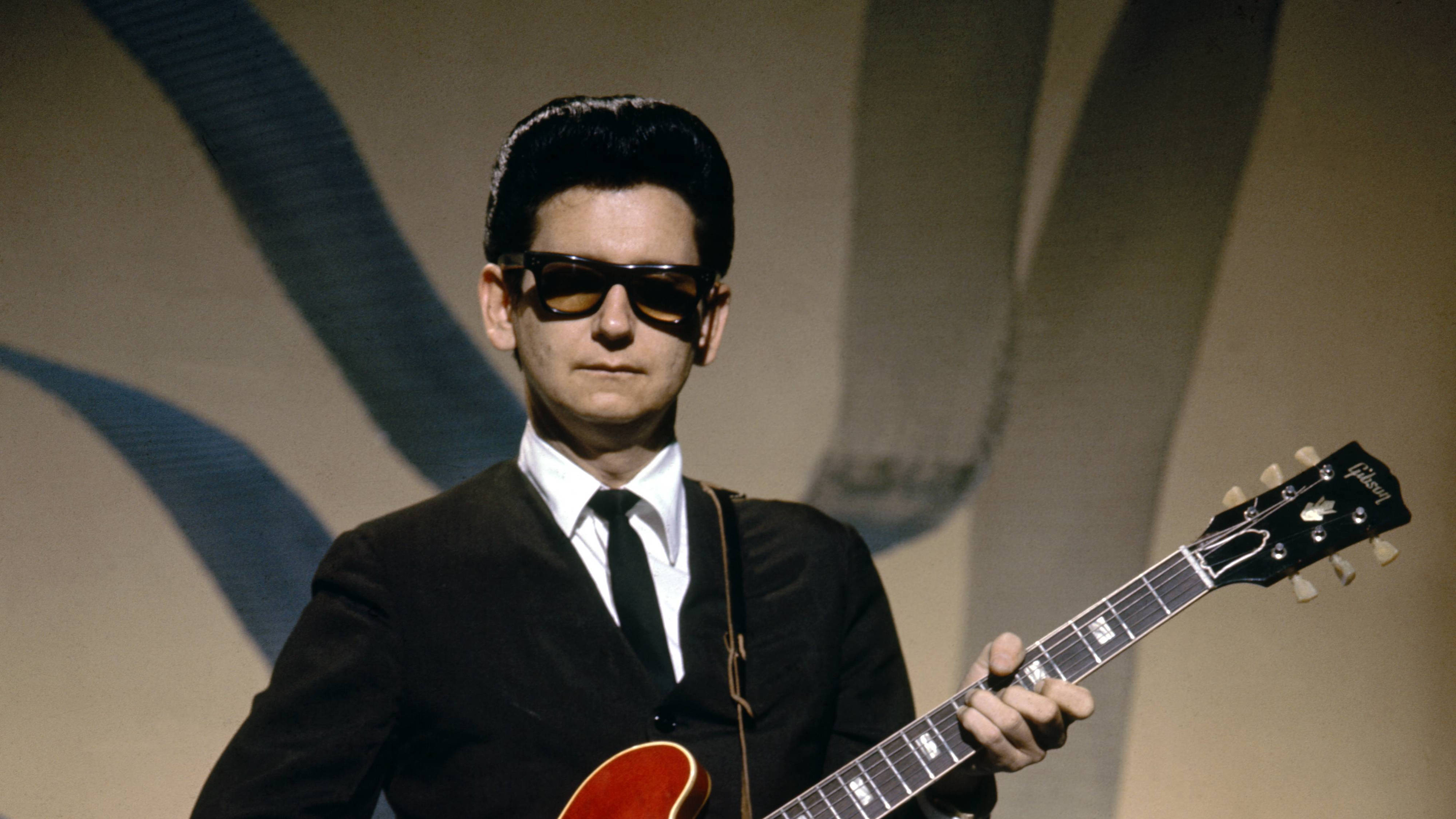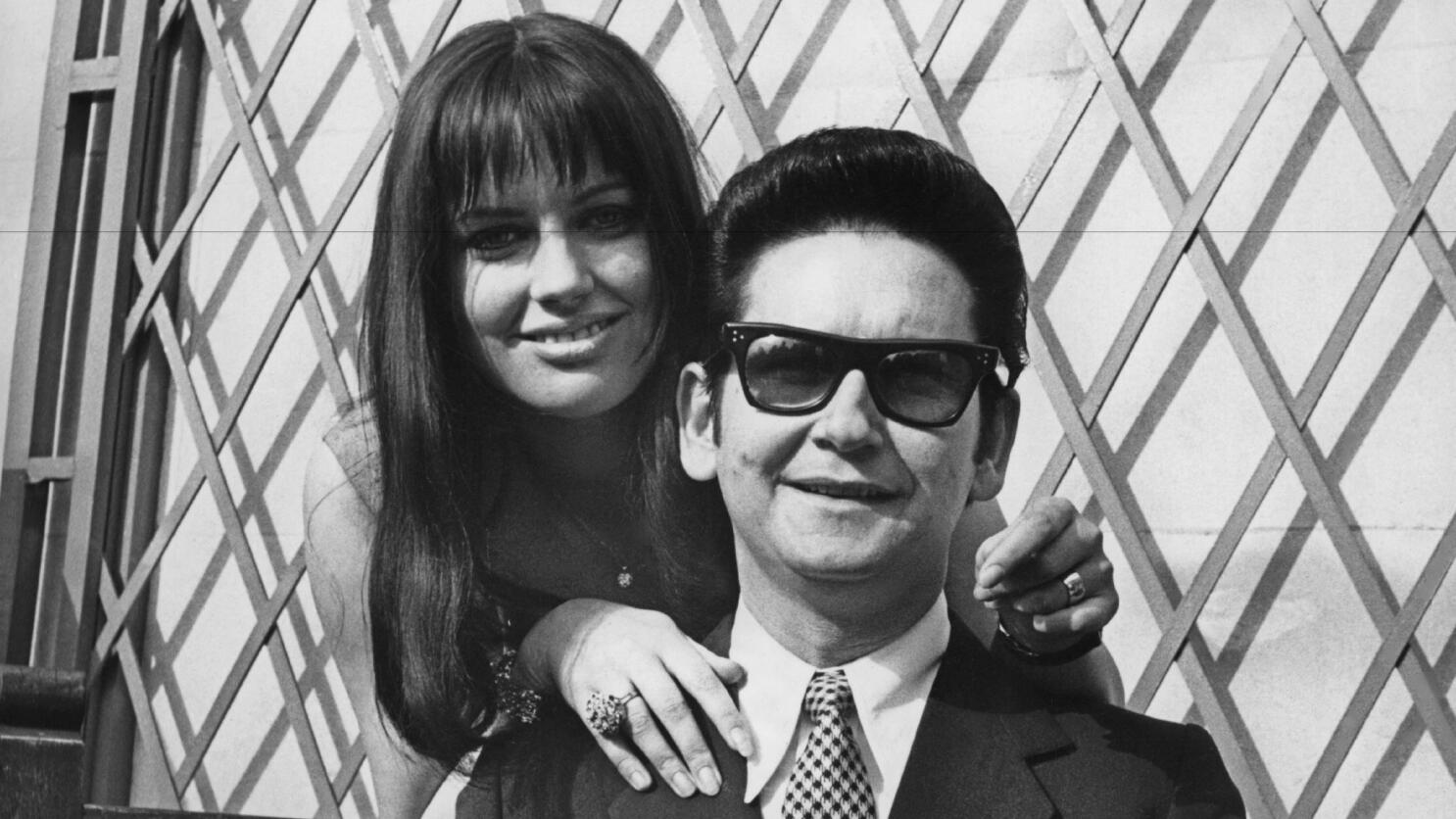Roy Orbison
Roy Orbison

Roy Kelton Orbison, born on April 23, 1936, and passing away on December 6, 1988, was a highly influential American singer, songwriter, and musician renowned for his distinctive singing style, intricate song compositions, and poignant ballads. Orbison's music predominantly falls within the rock genre, and he experienced notable success during the early 1960s and a resurgence in the late 1980s.
Critics often characterized Orbison's music as operatic, earning him the monikers "The Caruso of Rock" and "The Big O". His vocal delivery was marked by its emotional depth and intensity, setting him apart from many of his contemporaries. Orbison's songs often delved into themes of love, heartbreak, and longing, resonating with audiences due to their raw emotional power.
One of Orbison's distinctive trademarks was his minimalistic stage presence, characterized by his static performance style and his penchant for wearing all-black attire, complemented by his dark sunglasses and dyed black hair. This understated presentation allowed the focus to remain squarely on his music and emotive vocal delivery.
Throughout his career, Orbison produced a catalog of enduring hits, including classics such as "Oh, Pretty Woman", "Crying", "In Dreams", and "Only the Lonely". His ability to convey vulnerability and depth through his music resonated with audiences and solidified his status as a legendary figure in the history of rock and roll.
Despite facing personal tragedies and professional setbacks during various points in his career, Roy Orbison's musical legacy continues to endure, influencing generations of musicians and earning him a revered place in the pantheon of rock music icons.
Roy Orbison's musical journey began in Texas, where he started singing in a rockabilly and country-and-western band during his teenage years. His talent caught the attention of Sam Phillips, the founder of Sun Records, and Orbison was signed to the label in 1956. However, it was with Monument Records that Orbison experienced his greatest success.
From 1960 to 1966, Orbison enjoyed a remarkable run of chart-topping hits, with 22 of his singles reaching the Billboard Top 40. He played a significant role in crafting his own success, as he wrote or co-wrote almost all of his own Top 10 hits during this period. Songs like "Only the Lonely" (1960), "Running Scared" (1961), "Crying" (1961), "In Dreams" (1963), and "Oh, Pretty Woman" (1964) became enduring classics of the era.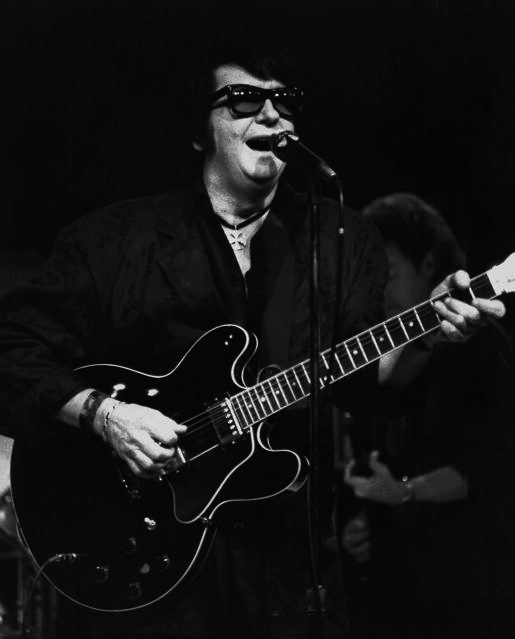
Despite his early success, Orbison faced personal tragedies in the mid-1960s that took a toll on his career. However, he experienced a remarkable resurgence in popularity during the 1980s, fueled by successful cover versions of his songs by contemporary artists.
In 1988, Orbison co-founded the supergroup Traveling Wilburys, alongside George Harrison, Bob Dylan, Tom Petty, and Jeff Lynne, further solidifying his status as a music icon. Tragically, Orbison passed away from a heart attack in December 1988, at the age of 52. Nonetheless, his musical legacy endured, and one month after his death, his solo single "You Got It" (1989) was released, marking his return to the US and UK Top 10 charts after nearly 25 years. Orbison's impact on the world of music remains profound, with his timeless songs continuing to resonate with audiences across generations.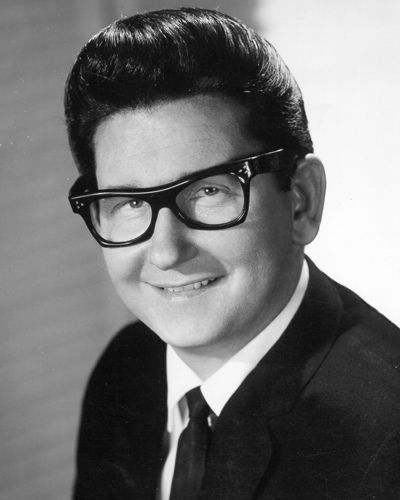
Roy Orbison was born on April 23, 1936, in Vernon, Texas. He was the second of three sons born to Orbie Lee Orbison (1913–1984) and Nadine Vesta Shults (1914–1992). Orbison's ancestry traced back to Thomas Orbison (b.1715) from Lurgan, Northern Ireland, who settled in the Province of Pennsylvania in the mid-18th century.
The family relocated to Fort Worth in 1942 to seek employment in the aircraft factories, according to "The Authorized Roy Orbison," a biography written by Roy's son, Alex. Orbison attended Denver Avenue Elementary School in Fort Worth until a polio scare prompted the family to return to Vernon.
Roy Orbison's father gifted him a guitar on his sixth birthday, marking a pivotal moment in his life. Orbison reminisced, stating, "I was finished, you know, for anything else" by the age of 7, with music becoming the central focus of his existence. His early musical influences were rooted in country music, particularly Lefty Frizzell's emotive singing style, characterized by slurred syllables. This admiration led Orbison to adopt the stage name "Lefty Wilbury" during his tenure with the Traveling Wilburys.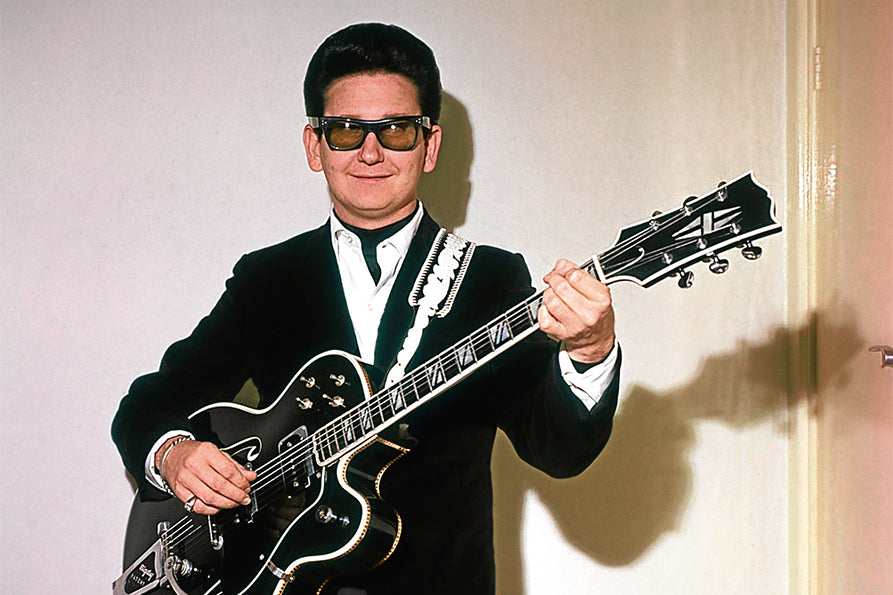
Orbison found inspiration in artists like Hank Williams, Moon Mullican, and Jimmie Rodgers. He was captivated by the live performances of musicians like Ernest Tubb, whom he saw playing on the back of a truck in Fort Worth. Growing up in West Texas exposed him to a diverse array of musical styles, including rhythm and blues, Tex-Mex, Mantovani's orchestral arrangements, and Cajun music. "Jole Blon," a Cajun favorite, was among the first songs Orbison performed in public.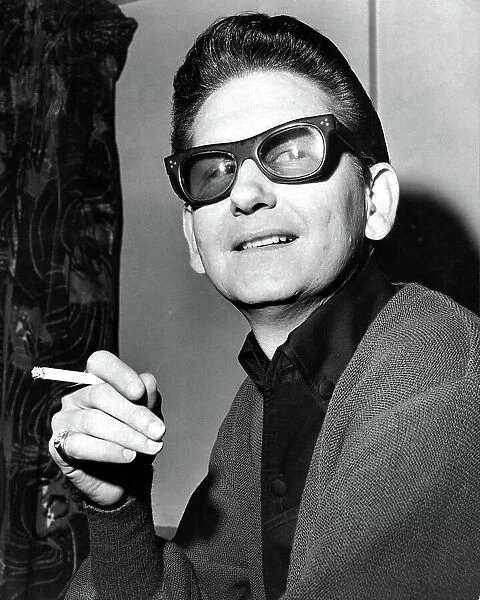
His journey into music began early, as he started singing on a local radio show at the age of 8, eventually becoming the show's host by the late 1940s.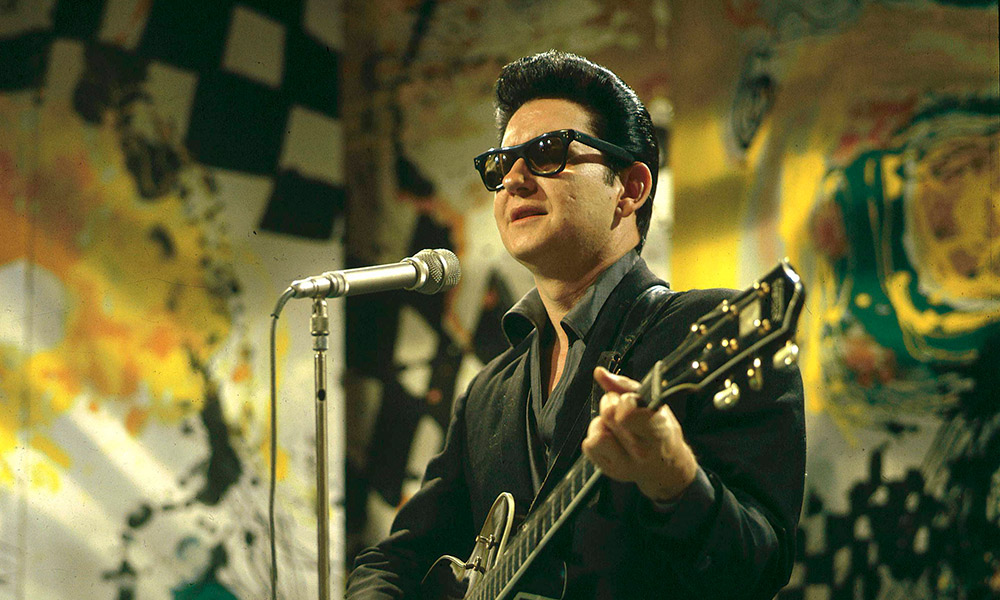
According to The Authorized Roy Orbison, in 1946, the Orbison family relocated once more, settling in Wink, Texas. Orbison painted a picture of life in Wink as revolving around "football, oil fields, oil, grease, and sand," reflecting the rugged landscape and industrial nature of the town. He expressed a sense of relief at being able to depart from the desolate surroundings of Wink.
All of the Orbison children, including Roy, struggled with poor eyesight from an early age. Roy, in particular, relied on thick corrective lenses. He was self-conscious about his appearance, especially his nearly-white hair, and began dyeing it black while still young.
Despite his insecurities, Roy was known for his quiet demeanor, self-effacing nature, and remarkable politeness and obligingness. He harbored a keen desire to sing, though he considered his voice memorable but not exceptional.
References
- Orbison, Roy Jr. (2017). The Authorized Roy Orbison. Wesley Orbison, Alex Orbison, Jeff Slate (first ed.). New York: Center Street. p. 27. ISBN 978-1-4789-7654-7. OCLC 1017566749.
- ^ Kruth, John (2013). Rhapsody in Black: The Life and Music of Roy Orbison. Hal Leonard Corporation. ISBN 9781480354920. Retrieved November 11, 2023.
- ^ Jump up to:
- a b Orbison, Roy Jr; Orbison, Alex; Orbison, Wesley; Slate, Jeff (2017). The Authorized Roy Orbison (second ed.). New York: Center Street. p. 28. ISBN 978-1-4789-7654-7. OCLC 1017566749.
- ^ Clayson, Alan, p. 7.
- ^ Clayson, Alan, p. 21.
- ^ Amburn, pp. 8, 9.
- ^ Orbison, Roy Jr.; Orbison, Alex; Orbison, Wesley; Slate, Jeff (2017). The Authorized Roy Orbison. New York: Center Street. p. 31. ISBN 978-1-4789-7654-7. OCLC 1017566749.
- a b c d e f g h i j k l Escott, Colin (1990). Biographical insert with The Legendary Roy Orbison CD box set. Sony. ASIN: B0000027E2.
- ^ Amburn, pp. 11–20.

